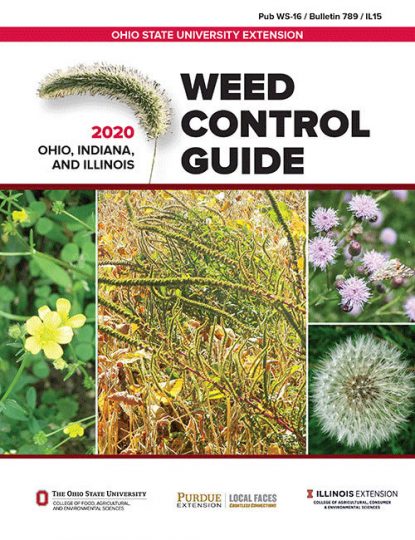What foliar corn diseases are your biggest concerns?
There are many diseases that can impact Illinois #corn production, and several are caused by pathogens that impact the foliage. When foliage is damaged by pathogens, carbon and nutrient delivery to developing/filling grain can be reduced, limiting yields. Examples of foliar diseases include grey leaf spot, northern corn leaf blight, southern and common rust, Diplodia leaf streak, bacterial leaf streak, Goss’s wilt, and tar spot. Which foliar disease is the biggest issue for you?
To participate in a brief poll,…






